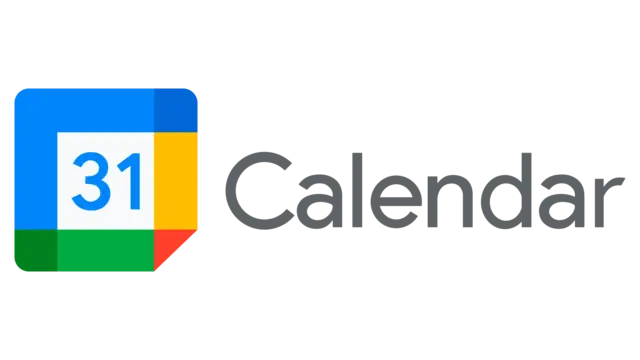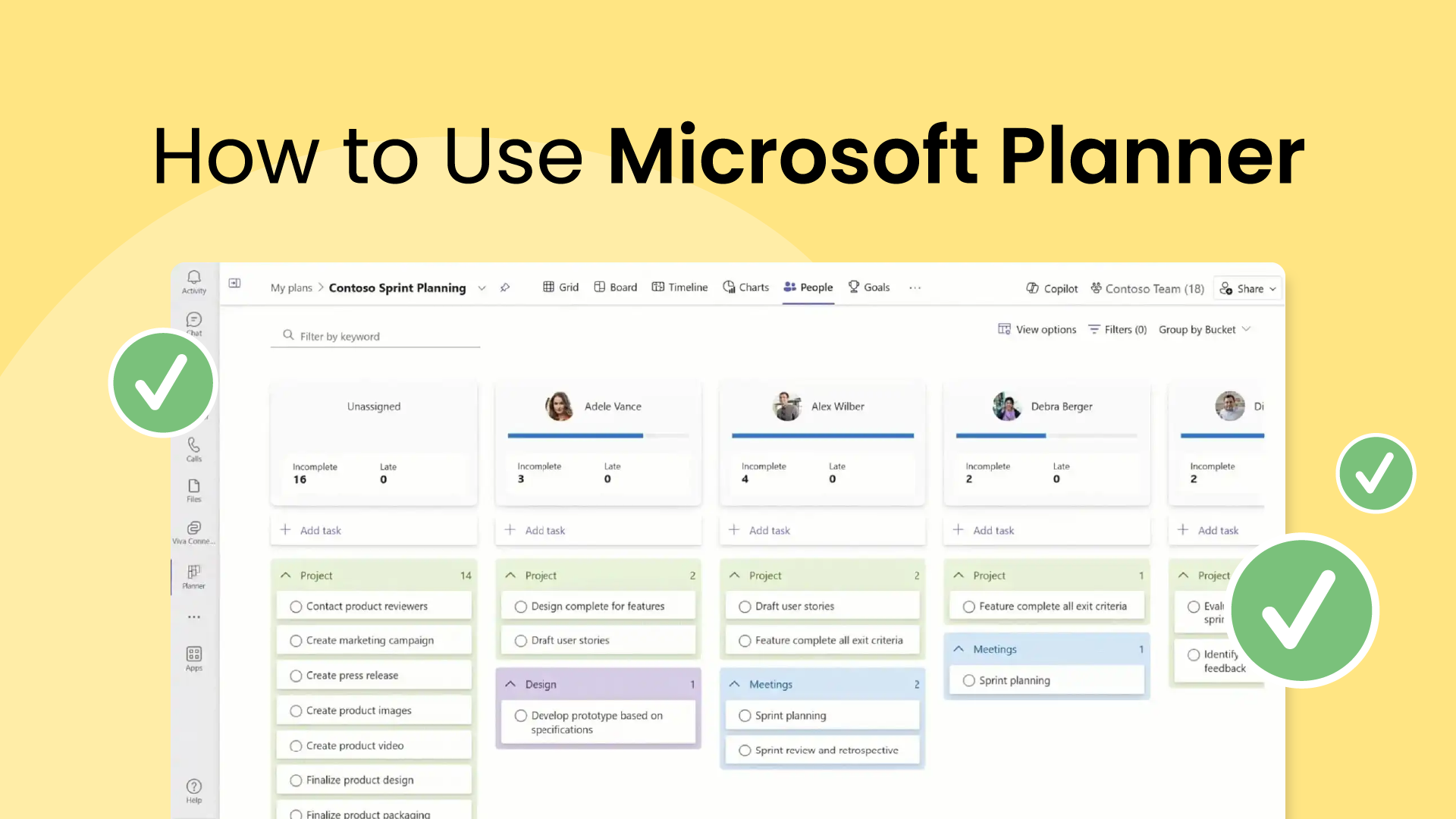

You’re staring down a monstrous task list, still catching up on last week’s deadlines, fielding new project notifications, getting pinged on Slack, and you just – freeze. You don’t know where to start, so instead you find yourself anxiously procrastinating, doing nothing (or something entirely unrelated) instead.
Sound familiar?
Decision paralysis usually hits at the most inconvenient time – when you really need every minute to get stuff done, but just don’t know how to choose, where to start, or what to tackle first.
While you can’t avoid busy weeks altogether, you can limit this kind of overwhelm with the help of task prioritization, strategic time management, and a few mindset changes. In this guide, you’ll get a breakdown on:
- What decision paralysis really is (and why it happens)
- 4 steps to prevent decision paralysis (because we know how much it sucks).
- How to break out of overwhelm and regain momentum
What is decision paralysis?
Decision paralysis (aka analysis paralysis or choice paralysis) is the inability to decide out of fear of making the wrong choice, or being overwhelmed by too many options. And if you have a tough time choosing, it may prevent you from making any decision at all.
Decision paralysis is often triggered when you’re presented with too many choices. As a result, you get stuck evaluating your options, eventually overwhelming yourself to the point of not choosing anything at all.
This leaves you in a state of paralysis where you’re not making progress or moving forward. Even if you do finally make a decision, decision paralysis can be so mentally exhausting that you don’t have the energy left to follow through effectively on your choice. After all, tough decisions involve a lot of brain power.
The average person makes an estimated 35,000 decisions per day, most of them small, yes, but all of them cumulative. Here’s some interesting data on the impact on our daily decisions:
- 32% of adults are overwhelmed by daily decisions, like what to eat or wear.
- 70% of business leaders would prefer a robot to make decisions for them.
- 78.7% of people stress over a lack of time to complete tasks.
And while freedom of choice is generally to be celebrated, Psychologist Barry Schwartz argues the modern ‘Paradox of Choice’ has actually made people feel more paralyzed and dissatisfied in their decision-making process, rather than free and happy. Not to mention the decision fatigue that eventually comes with all these choices on your plate.
And the busier your schedule, the more important it is to be decisive with your limited time before the stress takes a toll on your personal wellbeing. As your task list grows in “choices”, so does your risk of analysis paralysis. But ruthless prioritization can help you build a realistic schedule for your goals, work faster in less time, and relieve the ”in-the-moment” decision-making pressure off of your shoulders.
Why do we get stuck?
Understanding the root causes of your decision paralysis is how you overcome it. Here's a closer look at some of the main psychological factors that keep us trapped in indecision:
- Fear of regret: One of the biggest drivers of decision paralysis is the fear of making the wrong decision – but if you only focus on the potential negative consequences, you’ll lose sight of the upside opportunity of your decision.
- The Paradox of Choice: You might associate more options with greater freedom, but too many choices can actually feel more overwhelming. The sheer volume of information and possibilities can make it harder to sort through everything and feel confident about any particular choice. This overload can trigger a sort of mental shutdown.
- Perfectionism: Everyone desires the "best" outcome. But in reality, there's often no single perfect choice, and the concept of "best" can be subjective. Striving for unattainable perfection creates the sort of pressure that can lead to decision paralysis.
- Low self-esteem: When we lack confidence in our own judgment, every decision can feel fraught with risk. Doubting your instincts makes it far more tempting to seek outside validation or delay decisions in the hopes that someone else will tell you what to do.
- Underlying conditions: Sometimes, decision paralysis is a symptom of underlying mental health conditions like anxiety or depression. These conditions can amplify worries about choices, create a general sense of being overwhelmed, and deplete the mental energy needed for effective decision-making.
Prevent decision paralysis in 4 steps
If you often feel stressed over decision-making (or a lack thereof) – follow these helpful steps to get clear on your priorities, overcome analysis paralysis, and stop procrastination from derailing your day.
1. Recognize decision paralysis
You might be wondering: why haven’t I started yet? If you’re battling decision paralysis, breaking ground on your task list is the hardest part – the weight of the decision makes it feel impossible to choose where to begin. Other times, deciding between two equally urgent tasks creates so much pressure that we procrastinate on both.
When you notice anxiety weighing in on your decision-making, recognize that you may be stuck so you can overcome the analysis paralysis.
Signs of decision paralysis:
- Being overwhelmed by your task list
- Doubting your capabilities
- Procrastinating on starting a task
- Overcomplicating your options
- Not being clear on your priorities
- Putting pressure on perfectionism
- Dreading deadlines
2. Prioritize your choices
It's hard to decide how to spend your time when you’re unorganized. Outlining your tasks and objectives is a foundational first step in beating analysis paralysis.
So how do you get started? Write out a master list of all the tasks you have to get done. This small task can feel more doable compared to everything else, and by brain-dumping it all in one place, you can actually lighten your mental load.
But choosing what to work on first is still hard when everything in your task list feels equally important. The truth is, they’re not. And not all your decisions deserve the same weight.
Sort your master list tasks in order of urgency and priority using a tool like the Eisenhower Matrix. It’s also helpful to prioritize your tasks around your due dates, and set realistic time estimates so you know how much you can reasonably accomplish in a day or week.
3. Create your daily plan
Now that you’ve organized your tasks, it’s time to create a plan. But there’s a difference between planning and good planning. Only 53.5% of weekly planned tasks actually get completed, often because we overestimate our availability, underestimate time for tasks, and fail to account for shifting priorities.
Using productivity methods like time blocking can actually boost your productivity up to 80% because it helps you get more realistic with your time. By scheduling dedicated time blocks to work on your tasks in order of priority, you can prevent decision paralysis from slowing you down every time you start a new work session.
Time blocking also protects you from being overrun by meetings, and reduces context switching by limiting yourself to one task at a time. You can even try methods like the Pomodoro technique to give yourself breaks during your heads-down work to keep your mental energy levels high.
4. Automate your decision making
You may have a perfect Monday planned out, but then an urgent 3-hour meeting is suddenly scheduled over your afternoon. You now have to spend an hour (that you really don’t have) to manually rearrange your entire week to accommodate this priority change. After all, some meetings you just can’t say no to.
If you’re already time blocking your calendar, you know how time-consuming it can be to manually readjust your schedule when things change. Fortunately, there are some pretty awesome automations you can set up to time block your calendar without sacrificing flexibility.
With a free AI time blocking tool like Reclaim.ai, you can automatically schedule flexible time for your tasks right in your calendar – automatically synced from your task list. And the best part, they automatically reschedule by priority and deadline when your plans change. All you have to do is open up your schedule to see what to work on next. No more decision paralysis and stress over your task list.
Prevent decision paralysis & get more done
Decision paralysis is a common challenge that can pop up on any given day. The modern workplace overloads us with tasks, competing priorities, daily stressors, and constant pressure to make the right choice. And our natural human desire to make the best choices can be our productivity downfall without simple prevention measures in place.
Just remember, the hardest part of combating decision paralysis is breaking ground on decisions. But once you clarify your priorities and protect time for your plan, the path forward becomes much easier to follow.
Productivity Trends Reports
AI calendar for
work & life
Auto-schedule focus time, meetings, & breaks.
Create your free account →CONNECT YOUR CALENDAR




















.png)
.png)










